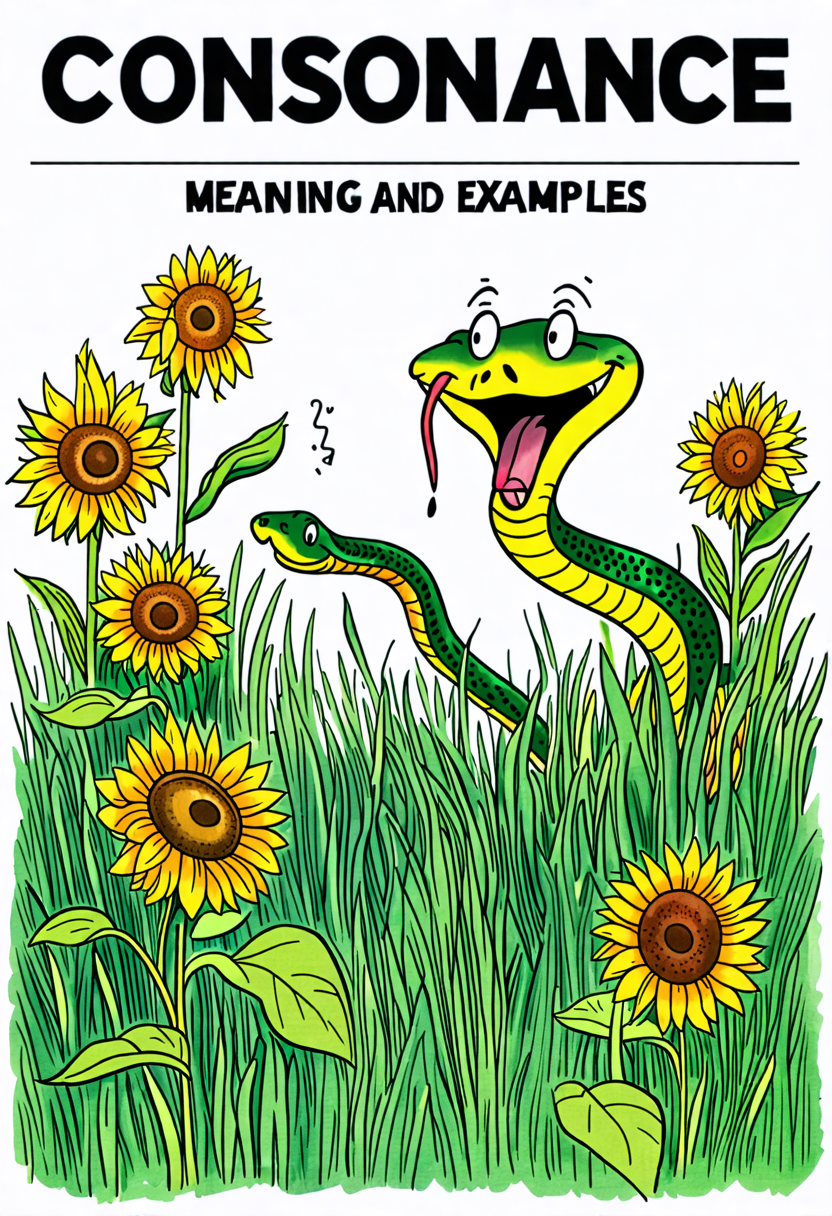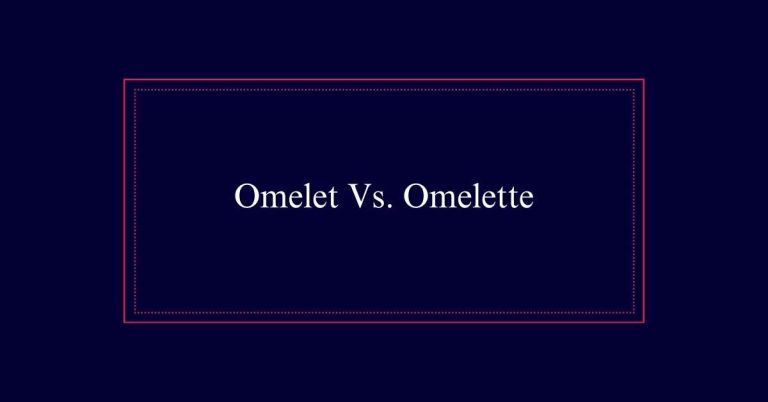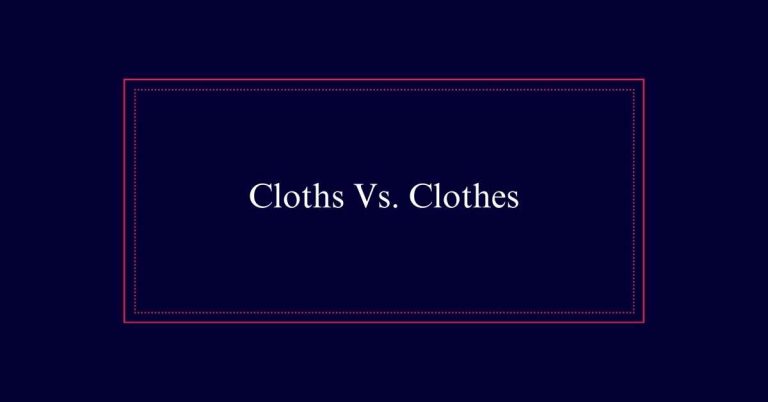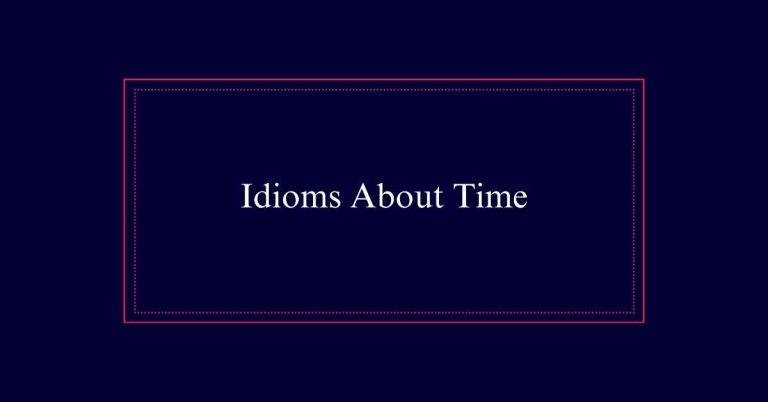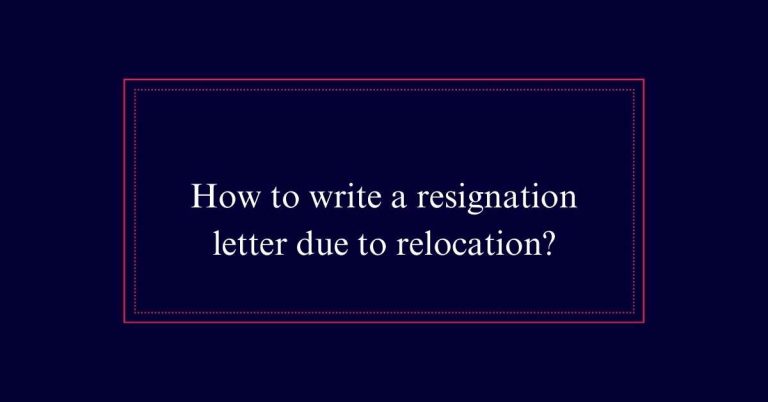Consonance meaning and examples
Consonance is a literary device where consonant sounds are repeated within words, enhancing rhythm and musicality in poetry, music, and prose. Unlike alliteration, which repeats sounds at the beginning of words, consonance can occur at the beginning, middle, or end of words. This creates a pleasing auditory effect and can emphasize themes or words. For example, in the phrase “pitter-patter,” the repeating “t” sound is consonance.
Definition of Consonance
Consonance is a literary device that involves the repetition of consonant sounds in adjacent or closely connected words. Unlike rhyme, consonance does not require the same vowel sounds. The shared consonant sound can appear at the beginning, middle, or end of the words.
This device is prevalent in poetry, music, and prose, where it enhances engagement and makes the text stand out. Consonance can create a pleasing rhythm and help with slant rhymes or imperfect rhymes. It also makes lines more memorable and adds a layer of auditory interest.
How Consonance Works
By repeating consonant sounds, writers can create a rhythm that enhances the musical quality of their text. Consonance works by strategically placing similar consonant sounds within a sentence or phrase. This repetition can occur at the beginning, middle, or end of words.
The technique enriches the auditory experience of the reader, making the text more engaging and memorable. It can also add emphasis to particular words or phrases, highlighting their significance. In prose, consonance can create a sense of cohesion and flow. It draws the reader’s attention to specific patterns of sound, creating a pleasing effect.
Consonance in Poetry
In poetry, the repetition of consonant sounds can enhance both the rhythm and musicality of the lines. This technique, known as consonance, helps create slant rhymes or imperfect rhymes, making the poetry more memorable.
By repeating consonant sounds, poets can produce delightful auditory effects that enrich the reading experience. Consonance can emphasize certain words or themes, adding depth to the poem’s meaning. Additionally, it can complement the inherent rhymes or repetitions already present in the work.
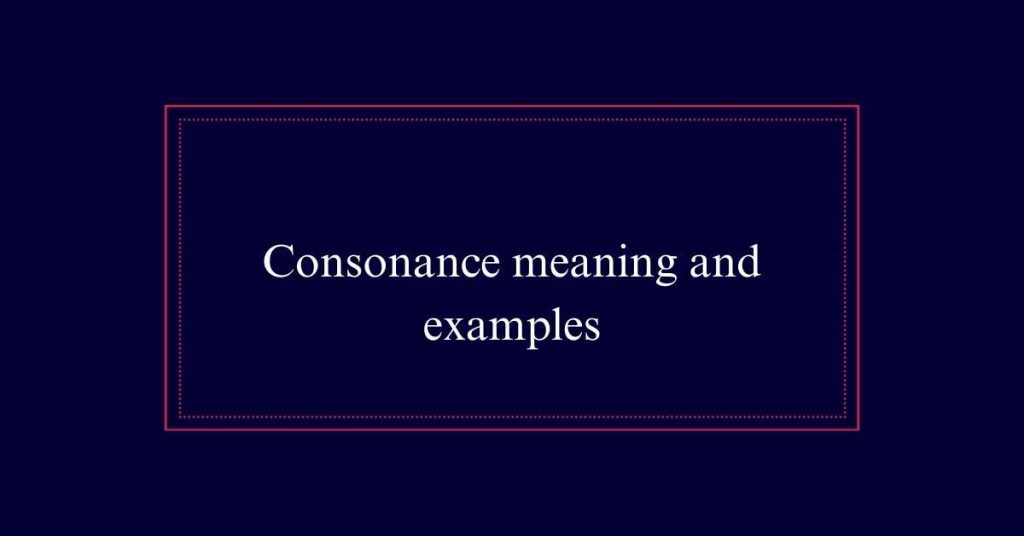
Through careful use of consonance, poets can craft lines that resonate with readers, leaving a lasting impression. This technique is a valuable tool for poets aiming to enhance the sound and rhythm of their verses.
Types of Consonance Sounds
Different types of consonance sounds, such as alliteration and sibilance, offer unique auditory effects in writing. These sounds enrich the texture of language, providing rhythm and emphasis. For instance, alliteration repeats consonant sounds at the beginnings of words, while sibilance creates a hissing effect with ‘s’ sounds. Both techniques can enhance the musicality and memorability of a text.
Here are some types of consonance sounds:
- Alliteration: Repetition of consonant sounds at the start of words (e.g., ‘Peter picked a peck’).
- Sibilance: Use of hissing sounds like ‘s’ or ‘z’ (e.g., ‘The snake slithered silently’).
- Internal Consonance: Repetition of consonant sounds within or at the end of words.
- End Consonance: Repetition of consonant sounds at the ends of words.
Alliteration Explained
Alliteration, a specific form of consonance, involves the repetition of the same consonant sounds at the beginning of closely connected words. It is often used to create rhythm and musicality in writing.
For example, in the phrase ‘Peter picked a peck of pickled peppers,’ the repeated ‘p’ sound makes the sentence more engaging and memorable. Alliteration is prevalent in poetry, prose, and even everyday language because it adds emphasis and helps with the flow of sentences.
It’s important to note that alliteration can sometimes include vowel sounds at the beginnings of words, but its primary focus remains on consonant sounds. This literary device is a powerful tool for enhancing the auditory appeal of text.
Understanding Sibilance
Sibilance frequently employs the hissing ‘s’ sound to create an intense auditory effect in writing. This specific type of consonance can also include other similar sounds like ‘sh’ and ‘z’. It enhances the mood and tone by adding a whispering or hissing quality to the text. This technique is often used in poetry and prose to draw attention to particular words or phrases.
Creates tension: The sound can evoke a sense of urgency or suspense.
Enhances mood: Adds a haunting or eerie atmosphere to the text.
Highlights phrases: Makes certain lines or words stand out for emphasis.
Improves flow: Facilitates a smoother, more rhythmic reading experience.
Nursery Rhyme Example
In the nursery rhyme ‘Jack and Jill,’ consonance is evident in the repetition of the ‘J’ sound in the names and several key words. This repetition enhances the musical quality of the rhyme and makes it more engaging for listeners. The consistent use of the ‘J’ sound provides a rhythmic flow, which is essential in maintaining the nursery rhyme’s appeal.
| Word | Consonant Sound | Effect |
|---|---|---|
| Jack | ‘J’ | Rhythmic |
| Jill | ‘J’ | Musical flow |
| Jumped | ‘J’ | Engaging |
This table showcases the consonant sounds and their effects within the rhyme. Consonance in ‘Jack and Jill’ serves to make the nursery rhyme memorable and enjoyable for children.
Consonance Vs Assonance
Consonance and assonance both involve the repetition of sounds in close proximity but focus on different types of sounds. Consonance repeats consonant sounds, whereas assonance repeats vowel sounds. This distinction helps create varied auditory effects in writing.
For example, ‘bus seat’ illustrates consonance, while ‘gloomy tune’ exemplifies assonance. These techniques enrich language and enhance the reader’s experience.
- Consonance:
- Repeats consonant sounds
- Example: ‘bus seat’
- Assonance:
- Repeats vowel sounds
- Example: ‘gloomy tune’
- Purpose:
- Adds musicality to writing
- Application:
- Used in poetry, prose, and lyrics
Consonance Vs Alliteration
Alliteration, while a subset of consonance, specifically involves the repetition of consonant sounds at the beginnings of words. For instance, ‘Peter picked a peck of pickled peppers’ showcases alliteration with the repeated ‘p’ sound.
Consonance, on the other hand, includes the repetition of consonant sounds at any position within words, not just at the start. An example of consonance is ‘blank and think,’ where the ‘k’ sound occurs at the end of both words. This broader scope means consonance can occur more flexibly within a sentence or phrase.
While both devices enhance the musical quality of language, alliteration is more restrictive, focusing solely on initial sounds, whereas consonance offers greater versatility in sound placement.
Enhancing Writing With Consonance
Utilizing consonance can greatly enrich the texture and rhythm of your writing. This literary device can make your prose and poetry more engaging and memorable. By repeating consonant sounds, you can create a pleasing auditory effect that captivates readers.
Consonance can also add a layer of subtle emphasis to particular words or ideas, enhancing the overall impact of your text.
- Improves Sound Quality: Repeated consonant sounds can make your writing more musical and enjoyable.
- Enhances Memorability: Consonance helps phrases stick in the reader’s mind.
- Adds Emphasis: Key ideas or themes can be highlighted through consonance.
- Creates Rhythm: The repeated sounds contribute to a rhythmic flow in your writing.
